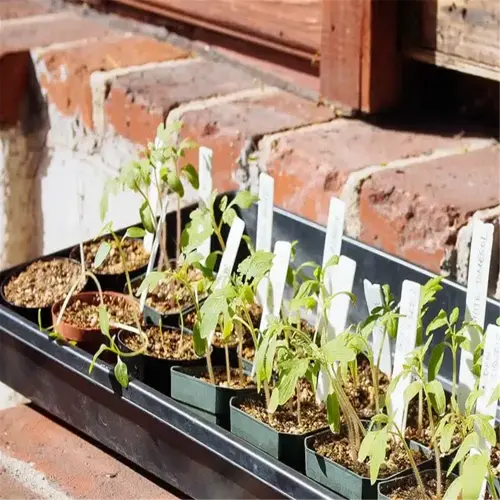What's the hardest herb to grow indoors?

Written by
Michael Sullivan
Reviewed by
Prof. Samuel Fitzgerald, Ph.D.Growing herbs inside often comes to a screeching halt when it comes to rosemary, a native of the Mediterranean region that doesn't like pot life. Rosemary is not tolerant of growing in a container, but it also needs at least 8 hours of direct sun, dry gritty soil, and 40-60% humidity to be content, making it challenging for an experienced gardener. Sadly, my first attempts to keep it alive ended in root rot. I quickly realized overwatering kills herbs more than neglecting water.
Light & Humidity
- South-facing windows or 14-hour LED grow lights required
- Humidity below 50% causes needle drop
- Use pebble trays cautiously to avoid mold
Soil & Watering
- Gritty cactus/succulent mix with 30% perlite
- Water only when soil is bone-dry 2 inches deep
- Terracotta pots improve airflow to roots
Spiders integrate nicely into rosemary's dry leaves. I combat them with neem oil sprays once a week (1 tsp per quart) and a humidifier set to a comfortable 55%. Don't miss the plant or the regulated humidity will promote fungal issues. Stunted growth usually suggests compacted soil, or inadequate light, NOT starvation.
Root Rot
- Yellow needles and mushy stems
- Remove plant, trim black roots, repot in dry mix
- Water only after 7-day recovery period
Leggy Growth
- Prune 1/3 of stems in spring
- Rotate pot 90° daily for even light
- Supplement with full-spectrum LEDs
Continue with the rosemary,you can create new plants from cuttings. I created a successful clone by cutting a 4-inch (10 cm) stem and soaking it in water for three weeks. When you see the roots, you can plant it into lean soil and don't feed any fertilizers. Be patient,you will be rewarded with woody sprigs that smell amazing and are greater than anything that you can purchase in the Store.
Read the full article: Growing Herbs Indoors: The Ultimate Beginner's Guide

